
F.O.T: THE FUTURE OF TRAVEL – PART #4 & #5 – Say goodbye to the A380 and B747’s
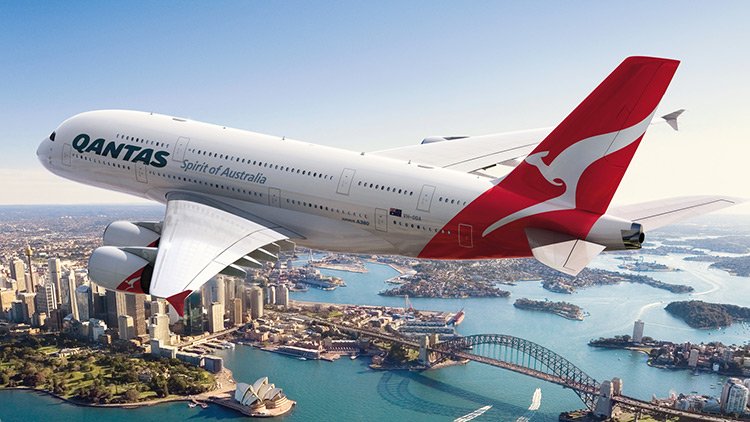
Series: Future of Travel
- F.O.T: The Future of Travel – Part #1 – Masks and Social distancing
- F.O.T: THE FUTURE OF TRAVEL – PART #4 & #5 – Say goodbye to the A380 and B747’s
- F.O.T: the Future Of Travel – PART #2 – Contactless payments post Pandemic
- F.O.T: the Future Of Travel – PART #3 – Temperature testing and COVID-19 instant testing at Airports
Content of this Post:
My favourite Aircraft
Most AvGeeks will nominate the stately Jumbo – the 747, ‘Queen of the Skies’ as their favourite aircraft. Not me. My favourite aircraft is the A380, that ‘Behemoth of the Sky’.
I love its size, and any premium cabin in the aircraft feels private – like the upper deck of the 747 except quieter and better.
You get a smooth, silent ride and usually a premium lounge in the air to relax and have a drink in, or even bathrooms with showers.
It’s unfortunate that it will have only a 16 year manufacturing life, and possibly be out of the skies as soon as 2030.
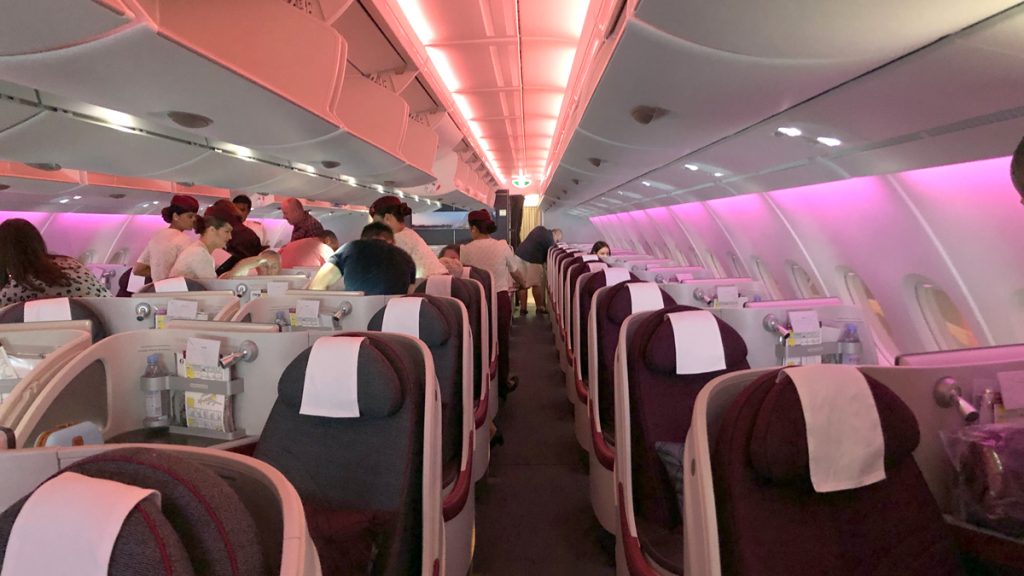
A380 Economics
The A380 has always been a difficult aircraft economically. Because of its 4 engines which scream through avgas, it is an expensive aircraft to run.
Originally conceived as the successor to the 747, it was tagged with the description ‘superjumbo’. The expectation was that it would have a similar life in the skies as its namesake. But whereas there were 1,500 B747’s built, and the Jumbo is still in production (mainly as a cargo aircraft), there are only going to be about 320 of the A380s, with production scheduled to finish in 2021.
Cost per Available Seat Miles/Kilometres (CASM or CASK)
This is a very important metric in the airline industry. Essentially it is the cost of flying an aircraft on a particular route divided by the number of seats, multiplied by the number of miles. That gives you the cost per ‘Available Seat Mile’, which essentially (putting fuel costs and catering to one side) doesn’t change whether the aircraft is full or empty.
It was thought that the A380, with the potential of having 800 economy passengers, would have a very low CASM (or CASK), despite its 4 engines and that this would give it an advantage at airport s whose slots were becoming rarer and more expensive.
Unfortunately, it turned out not to be true. Most airports expanded to accommodate greater capacity, and no airline has actually put 800 seats on an A380. Airlines instead found that planes running two engines, with a capacity of 242 to 310 (B787s) or ~450 (A350s) provided more agility for airlines to deliver passengers point to point, rather than the wheel and spoke model which the A380 favoured.

No airline has made a super success of the A380 except for Emirates. They have achieved this through their geographic situation (as a hub between Asia/Oceania and Europe primarily), and their economies of scale given their two aircraft type fleet (A380’s and B777s).
Other than for Emirates, if the aircraft is not full, then the economics don’t work.
Others argue that the A380 was built before its time. If it had been built later, it would have been able to take greater advantage of carbon fibre technology rather than its majority aluminium frame. That would have changed the economics of manufacture and of operations.
The Pandemic, and the consequent contraction of the airline industry, means many A380’s will not return to the air anytime soon. Qantas is talking about keeping about half of their 12 in mothballs, even once flying returns to some semblance of normality. With regret, I announce the following prediction, as I look at my recently acquired Qantas A380 250:1 model on my desk.
F.O.T. Prediction
#4 Goodbye A380 – This revolutionary aircraft, loved by passengers will go the way of the Dodo in the next 5 to 10 years.
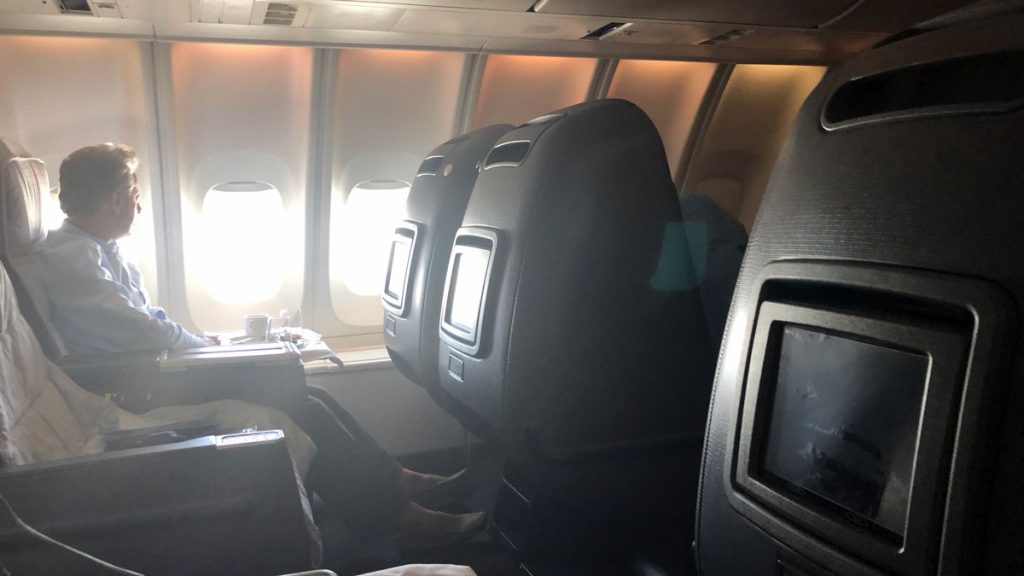
Goodbye 747
Simply put, the technology of modern plane building and design has made the ‘Queen of the Sky’ more of a barren dowager. Mind you, she is in her 50’s now (first flight was on 9 February 1969), which is more than a respectable age for a double-decker, wide-bodied, twin-aisled aircraft type to reach.
Nearly all passenger versions of the Jumbo are currently out of the sky, and were either scheduled to finish flying this year, or have completed service premiturely due to the COVID-19 pandemic. Most USA airlines finished flying the planes by 2019 for passenger purposes, and Qantas was scheduling its last flights to occur at the end of 2020. With the pandemic, that final flight may have already happened.
The 747 in a couple of varients is still flying as a cargo aircraft, and Boeing is still holding orders for delivery through into 2022.
This is a less ambitious, or risky prediction than about the A380, as that has all but happened.
F.O.T. Prediction
#5 Goodbye B747 – We will see the end of the Jumbo as a passenger aircraft this year, 2020.
2PAXfly Takeout
This is another timely reminder to wear your seatbelt when seated. Holding you close to your seat will protect you from the sort of injuries sustained on this flight, when unsecured passengers flew to the ceiling of the aircraft, and then came crashing down once the ‘drop’ ceased.
The hope will be that this is an anomaly – a ‘freak accident’ in casual parlance. If it is a systemic error either mechanical or electronic, then this is a larger concern for the airlines that fly Boeing Dreamliner 787 aircraft. Let’s hope it isn’t. If it is, it will pile on the woes to Boeing’s existing stack.
I will regret the loss of the A380, not so much the loss of the Jumbo. I used to revel in the upper cabin business class of a 747-400ER, and it was there I had my first international flight in business class on Qantas between Sydney and Los Angeles, in seat 14J adjacent to the upper deck exit, if I remember correctly.
From memory, I have only flown with four airlines in an A380 – Qantas and Singapore Airlines in First, and in business on Qatar and Emirates. I was due to fly on Emirates and Qantas A380’s again this year, but, you know, COVID-19.





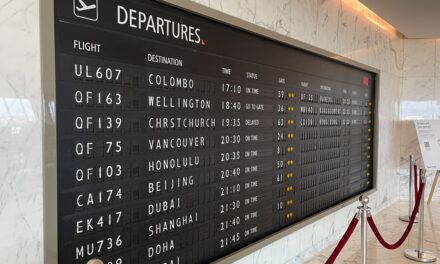


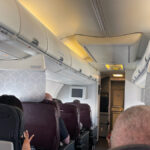




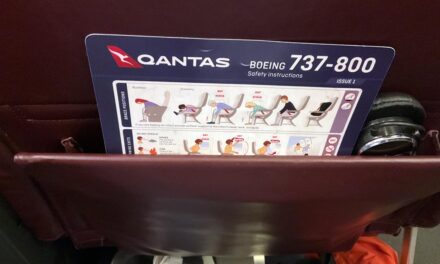



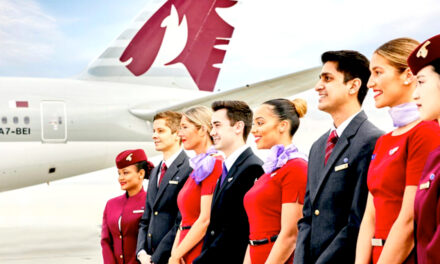




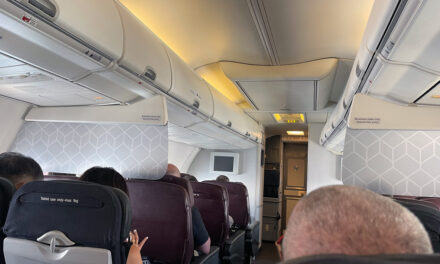



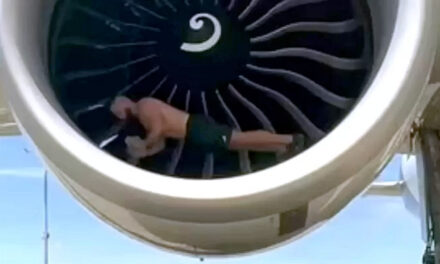

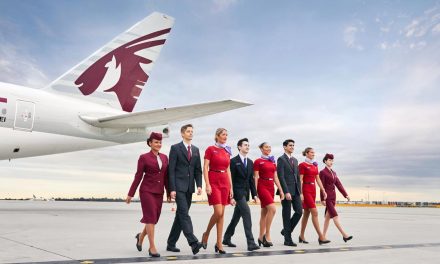






What did you say?